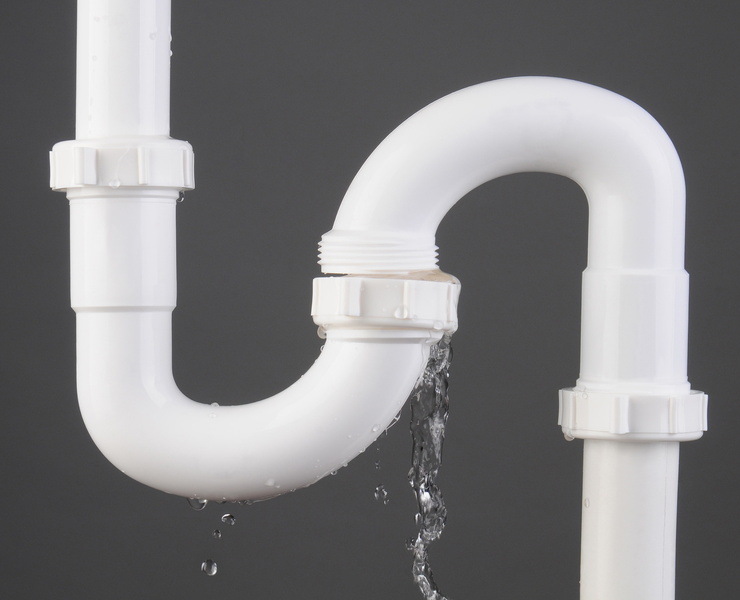How to Check If Your House Has a Surprise Leakage
How to Check If Your House Has a Surprise Leakage
Blog Article
We have stumbled upon this great article pertaining to Detecting hidden plumbing leaks down the page on the web and reckoned it made perfect sense to write about it with you on this site.

Early detection of leaking water lines can reduce a prospective catastrophe. Besides saving you money, it will lessen the aggravation and aggravation. The moment you find a leakage, calling your plumber for repair services is the very best service. Nevertheless, some little water leakages may not show up. If you can not identify it with your naked eyes, here are some hacks that aid.
1. Take A Look At the Water Meter
Every home has a water meter. Checking it is a surefire manner in which aids you find leaks. For beginners, switch off all the water resources. Make sure no person will certainly purge, utilize the faucet, shower, run the washing device or dishwashing machine. From there, go to the meter and watch if it will transform. Given that no one is using it, there need to be no activities. That shows a fast-moving leakage if it moves. Furthermore, if you identify no changes, wait an hour or two and check back once more. This means you might have a slow leakage that might also be underground.
2. Examine Water Consumption
Examine your water bills as well as track your water intake. As the one paying it, you ought to observe if there are any discrepancies. If you identify sudden changes, despite your usage coinciding, it means that you have leaks in your plumbing system. Keep in mind, your water costs should drop under the exact same range each month. A sudden spike in your expense suggests a fast-moving leak.
A consistent rise every month, also with the very same behaviors, reveals you have a slow-moving leakage that's additionally gradually rising. Call a plumber to extensively examine your home, particularly if you feel a warm location on your flooring with piping below.
3. Do a Food Coloring Examination
When it comes to water intake, 30% comes from bathrooms. If the color in some way infiltrates your dish during that time without flushing, there's a leak in between the storage tank as well as bowl.
4. Asses Outside Lines
Don't fail to remember to examine your outside water lines too. Test faucets by connecting a garden tube. Needs to water permeate out of the link, you have a loose rubber gasket. Replace this as well as make sure all links are limited. It will certainly assist get it properly checked out and also kept yearly if you have actually obtained a lawn sprinkler system. One tiny leak can lose lots of water as well as surge your water expense.
5. Examine and also Evaluate the Scenario
House owners should make it a behavior to check under the sink counters and also inside closets for any bad odor or mold and mildew growth. These 2 red flags suggest a leak so punctual interest is required. Doing regular assessments, also bi-annually, can save you from a major trouble.
Examine for stainings and also damaging as the majority of home appliances as well as pipes have a life expectancy. If you suspect dripping water lines in your plumbing system, do not wait for it to escalate.
Early discovery of dripping water lines can alleviate a prospective catastrophe. Some tiny water leaks might not be noticeable. Inspecting it is a surefire way that aids you find leaks. One tiny leak can squander loads of water and also increase your water expense.
If you think leaking water lines in your plumbing system, do not wait for it to intensify.
WARNING SIGNS OF WATER LEAKAGE BEHIND THE WALL
PERSISTENT MUSTY ODORS
As water slowly drips from a leaky pipe inside the wall, flooring and sheetrock stay damp and develop an odor similar to wet cardboard. It generates a musty smell that can help you find hidden leaks.
MOLD IN UNUSUAL AREAS
Mold usually grows in wet areas like kitchens, baths and laundry rooms. If you spot the stuff on walls or baseboards in other rooms of the house, it’s a good indicator of undetected water leaks.
STAINS THAT GROW
When mold thrives around a leaky pipe, it sometimes takes hold on the inside surface of the affected wall. A growing stain on otherwise clean sheetrock is often your sign of a hidden plumbing problem.
PEELING OR BUBBLING WALLPAPER / PAINT
This clue is easy to miss in rooms that don’t get much use. When you see wallpaper separating along seams or paint bubbling or flaking off the wall, blame sheetrock that stays wet because of an undetected leak.
BUCKLED CEILINGS AND STAINED FLOORS
If ceilings or floors in bathrooms, kitchens or laundry areas develop structural problems, don’t rule out constant damp inside the walls. Wet sheetrock can affect adjacent framing, flooring and ceilings.
https://www.servicemasterbyzaba.com/blog/how-to-detect-water-leakage-in-walls/

Hopefully you enjoyed reading our piece about Finding hidden leaks. Many thanks for spending some time to read through our content. Loved our post? Please share it. Let another person locate it. Thank you so much for going through it.
Report this page